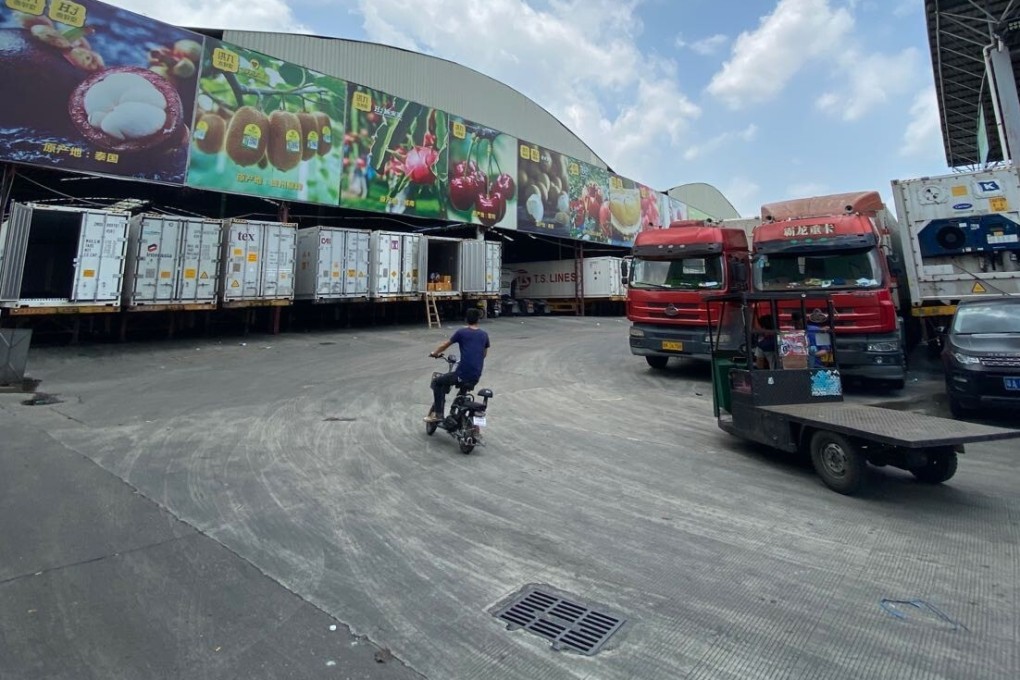Coronavirus: China’s ‘cherry freedom’ vanishes as consumers cut discretionary spending
- Merchants at Jiangnan wholesale fruit and vegetable market in Guangzhou – China’s largest fruit market – say demand has plummeted due to consumer worries
- Lack of orders from hotels, restaurants, clubs and karaoke lounges also shows how China’s service sector is struggling

So-called cherry freedom was once a buzzword among China’s middle class, but as consumers cut unnecessary expenses while under pressure from the coronavirus pandemic, the ability to purchase pricey imported products without a second thought is now a thing of the past.
Few products tell the consumer spending story in China better than fruits such as cherries, as before the pandemic, demand for Chilean cherries and Peruvian avocados from China’s middle-class seemed insatiable.
The coronavirus, however, quickly put a stop to the demand, with merchants at the Jiangnan wholesale fruit and vegetable market in Guangzhou – China’s largest fruit market – feeling the full force of battered consumer confidence amid darkened job prospects and incomes.
“Demand at Jiangnan market has plummeted since the outbreak started. Retailers are just very cautious about placing orders … most of us have been losing money, whether selling imported fruit or domestic fruit,” said Li Xiaoqiang, a fruit importer.
Our importers’ losses could be up to 800,000 yuan (US$113,000) for a container of Chilean grapes
“We saw a short-lived recovery during the national Labour Day holiday and Mother’s Day [during the first week of May], but now it has become as sluggish as March and early April again.